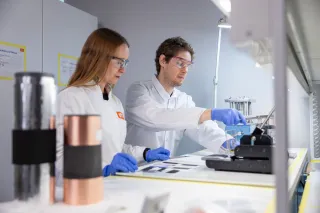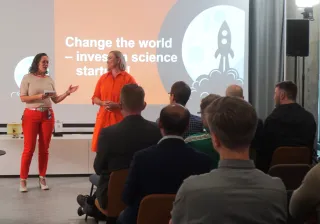While the ongoing energy transition is driven by a multitude of factors on global scale, the issue can be simplified on city level. Cities consume vast share of global energy and produce over two thirds of the greenhouse gas emissions. At the same time, there is an urgent need to solve urban issues, such as those related to air quality. The forerunning cities are already committed to emission reductions, be it voluntarily or through regulation. Many are even aiming to become emission-free within the next decade or so. Effectively, this means that the main driver for energy transition in cities is the need to move towards clean, low-carbon energy.
How to get there?
The technological means to move towards clean, low-carbon energy in cities are many. Moving away from fossil fuels and increasing the share of renewable energy are the big targets. At the same time, efficiency of existing infrastructure and systems can improved. Examples of this include utilization of waste heat and for example, utilising synergies between district heating and cooling networks.
The other big factor in the equation is the demand side, where energy use can be reduced through better energy efficiency in buildings. Furthermore, smart energy management can help to shift and reduce peak loads.
What should we do next?
The change towards clean and low-carbon future is already happening and the pace of change is only accelerating. The time for strategic planning and first actions is now. It is those who move early, who will be shaping the future energy business in cities. The rest will be playing catch-up. The forerunning energy market players are actively seeking innovative ways to maximise the use of their existing infrastructure as part of the future energy business, while piloting new business models. The laggards will not only risk escalating the value-loss of assets and ending up with stranded assets, but they will also lose out on the new business opportunities that the future brings.
Give me an example, please!
The design of new city districts and re-development of existing ones opens up a concrete window to the future. Citizens, who live in those districts in the next decades, will be powering their everyday activities with the clean, low-carbon energy that benefits from smart energy generation, and distributed, resilient and flexible energy systems. The holistic energy systems that comprise of low-energy buildings, multiple sources of local renewables and storages form distributed energy networks that utilize active supply-and-demand side through smart energy management. We’ve already witnessed great outcomes when advanced modelling and simulation or energy systems has been combined with exploration of new business. The last thing we want to be doing is to build the same infrastructure that we’ve always built, even though we know the changes that lie ahead.
Smart City development is inherently multi-technological and cross-disciplinary, and as an application-oriented research organisation VTT is an ideal partner. We work with the public sector and private companies as well as technology providers in research and innovation activities that expedites the development of smarter cities. We can guide you from the early phases of vision-creation and concept development to practical implementations of smart outcomes.




